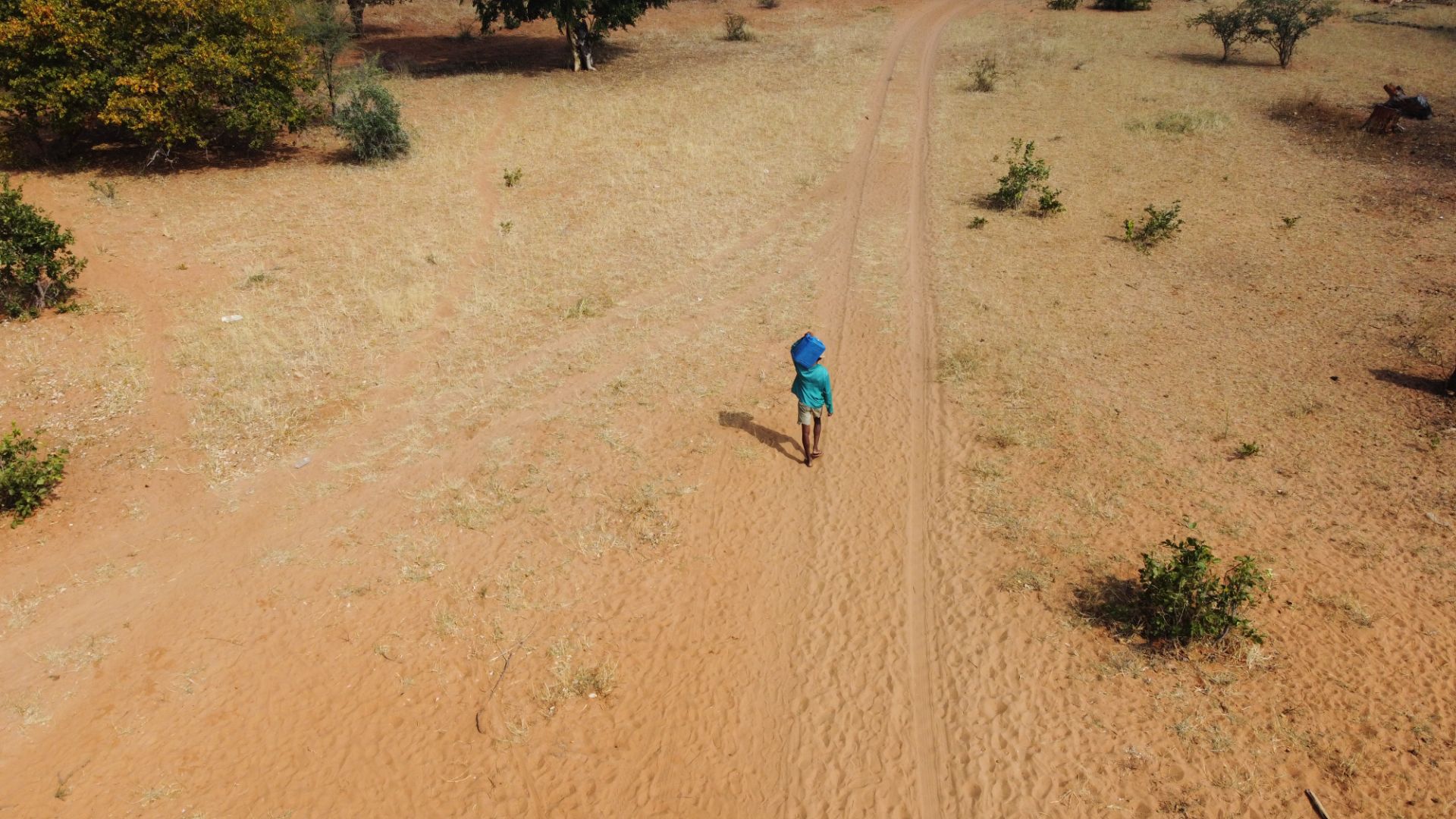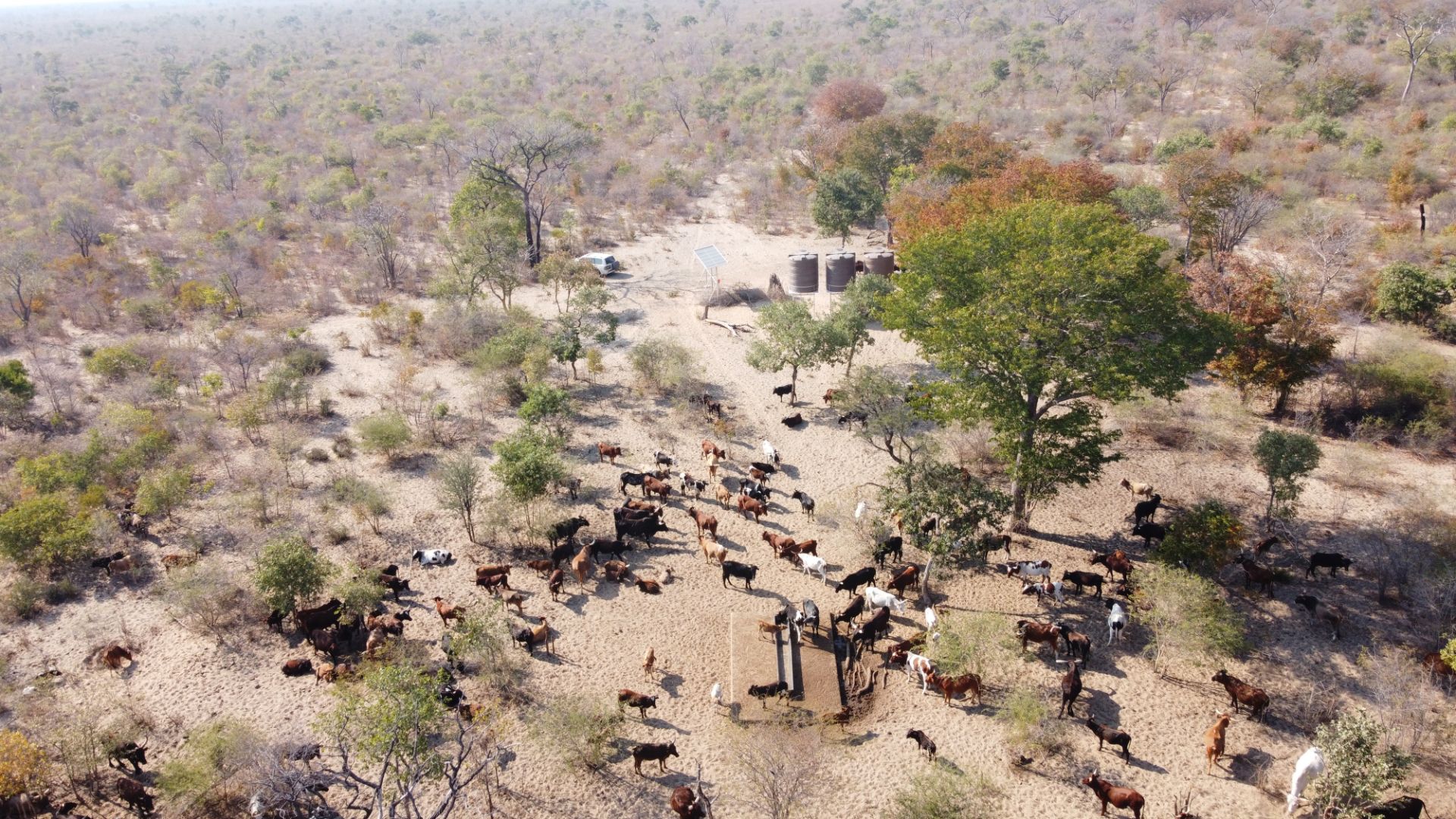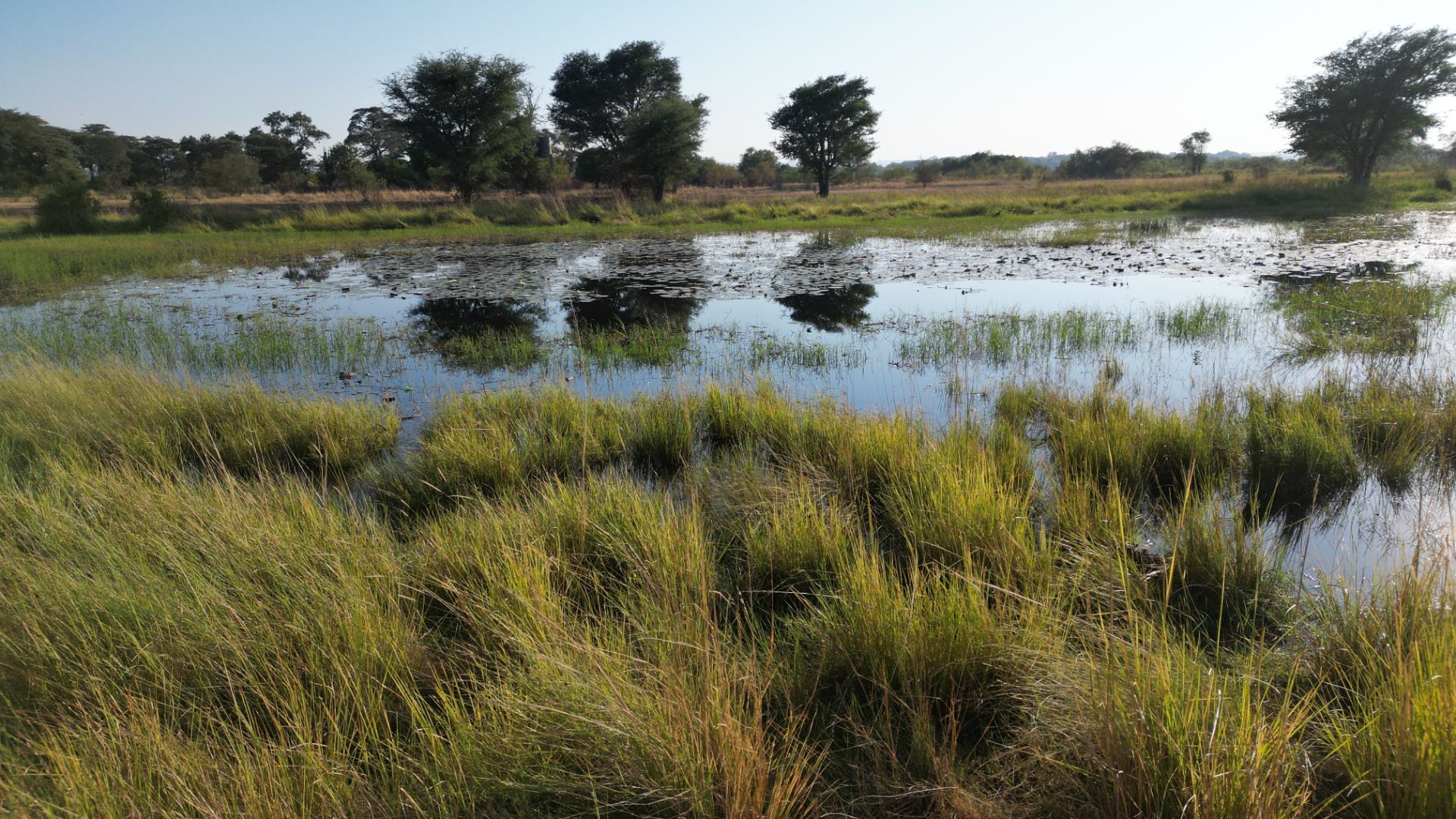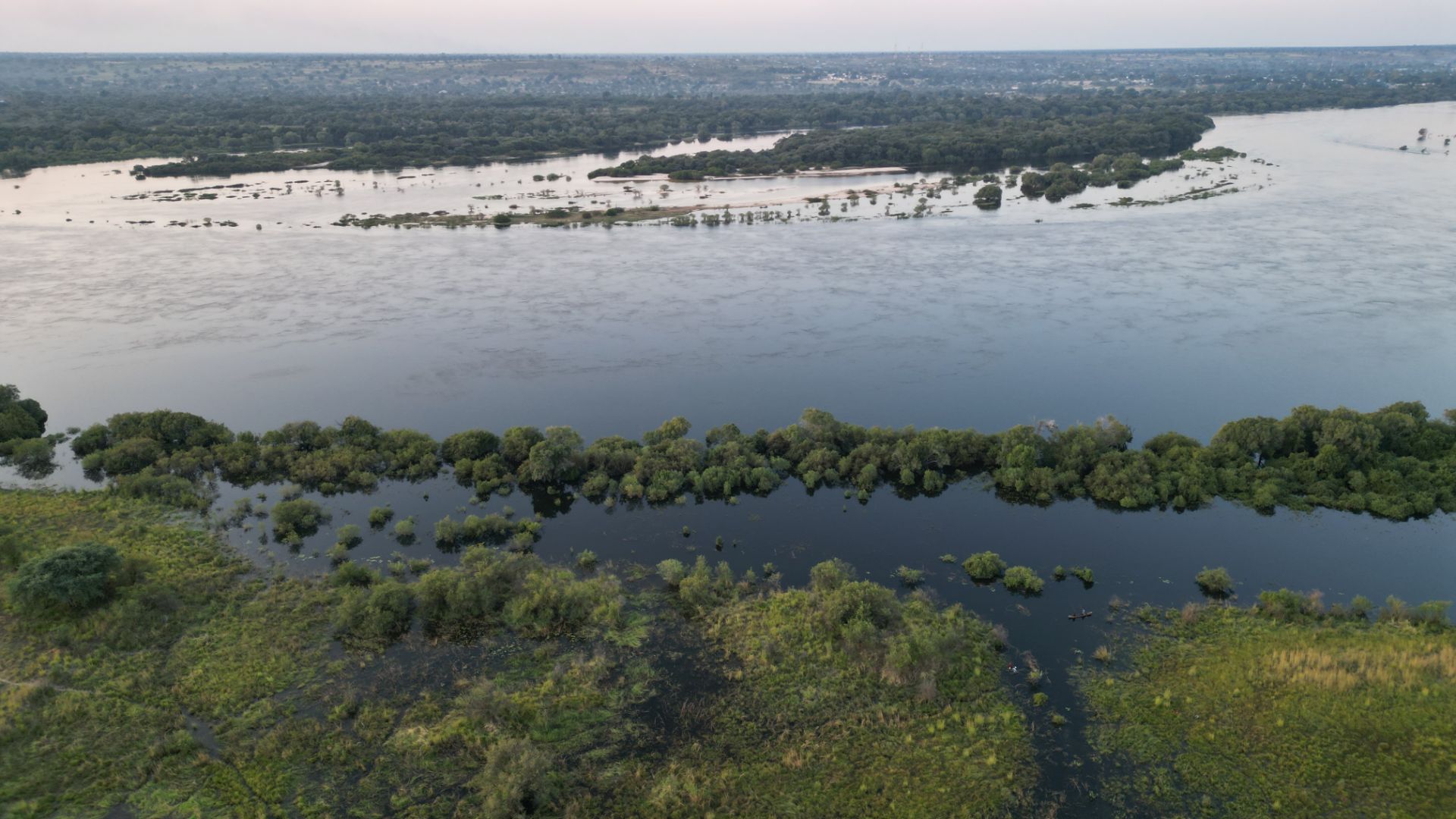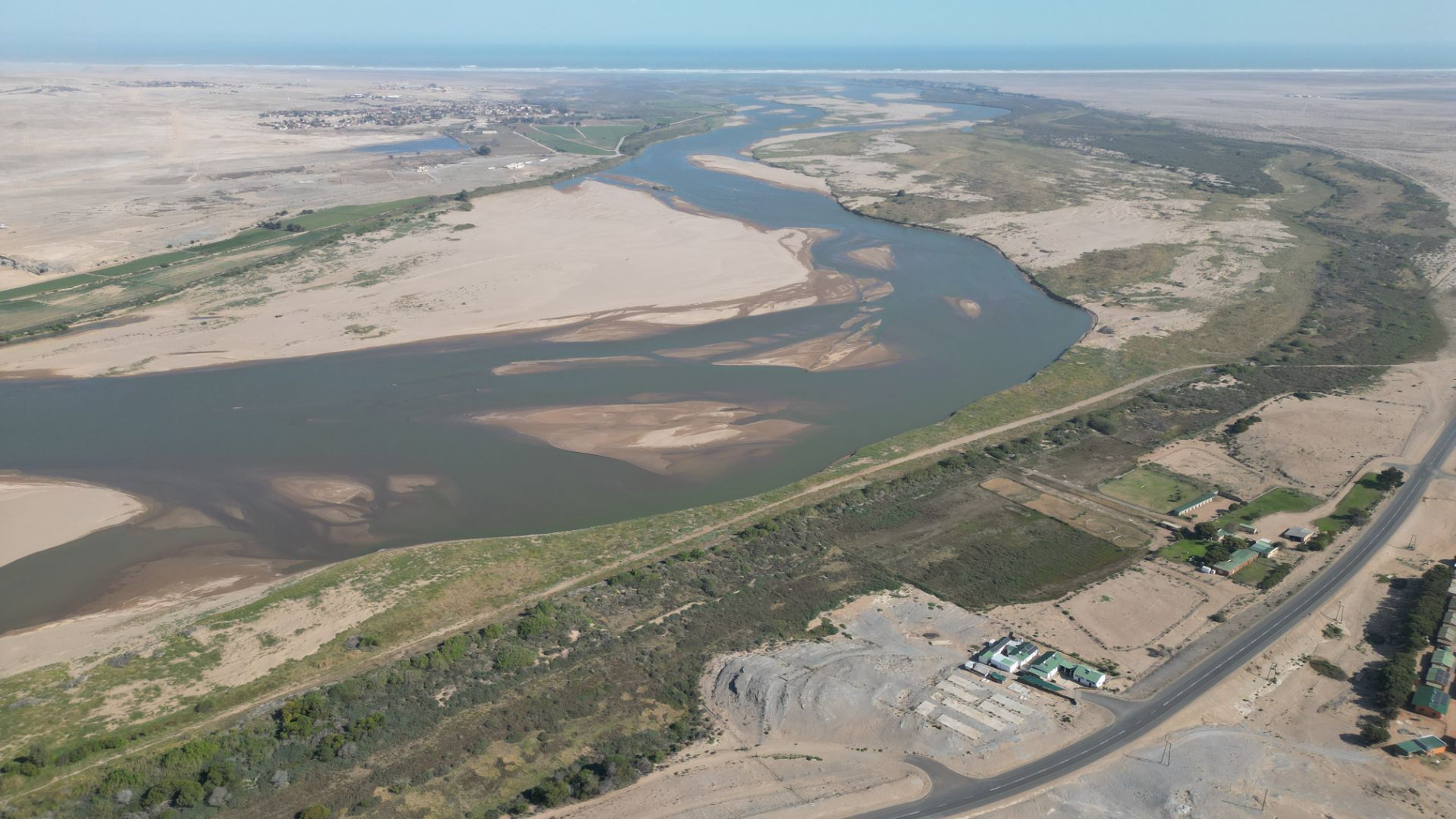Our de-risking activities are focused on surface and groundwater exploration (Geohydrological field investigations and drilling operations), resources development and management including water quality tests and monitoring support as part of the ESG support services. We work with specialist groundwater consultants and drilling contractors in delivering a complete project cycle with respect to surface and groundwater project development process.
Many people living close to the perineal border rivers of Kunene, Okavango, Zambezi and Orange Rivers in the Kunene, Kavango East and West, Zambezi an //Karas Regions respectively, rely on perennial theses rivers for their livelihood and obtain their water from these sources. In the interior of Namibia water is supplied from discrete borehole sources linked to national canals and pipeline infrastructures.
Regional distribution of water and water supply systems in Namibia can be classified as follows:
- Erongo: Groundwater and desalinated water linked to the boreholes and pipelines infrastructure.
- Hardap: Groundwater, ephemeral surface water, linked to boreholes, dams, pipelines infrastructure.
- Kavango East: Groundwater, perennial river linked to boreholes, shallow wells, and pipelines.
- Kavango West: Groundwater, perennial river linked to boreholes, shallow wells, and pipelines.
- //Karas: Groundwater, ephemeral surface water, linked to boreholes, dams, pipelines infrastructure.
- Khomas: Groundwater, ephemeral surface water, linked to boreholes, dams, pipelines infrastructure.
- Kunene: Groundwater, perennial surface water, linked to boreholes.
- Ohangwena: Groundwater, surface water, linked to shallow wells and, pipelines infrastructure.
- Omaheke: Groundwater linked to boreholes infrastructure.
- Omusati: Perennial River, groundwater linked pipelines and shallow wells infrastructure.
- Oshana: Perennial River, groundwater linked pipelines and shallow wells infrastructure.
- Oshikoto: Perennial River, groundwater linked pipelines, and boreholes infrastructure.
- Otjozondjupa: Groundwater boreholes, and pipelines linked infrastructure.
- Zambezi: Perennial rivers, and groundwater, pipelines, shallow wells and boreholes infrastructure.
Knowledge-based water (surface and groundwater) vulnerability assessments based on KBSMM Source-Pathway Chain coexistence logic framework is a key component of our technical services linked to EIA, EMP, ESIA, ESMP for natural resources projects development process. Possible pathways that will aid surface or groundwater vulnerability to pollution sources include valleys, porous zones, discontinuities such as fractured zones and faults without impermeable infillings as well as unconfined shallow aquifers systems. Surface or groundwater resources will be vulnerable to pollution if there is no risk sources, pathways, or targets/ receptors.

